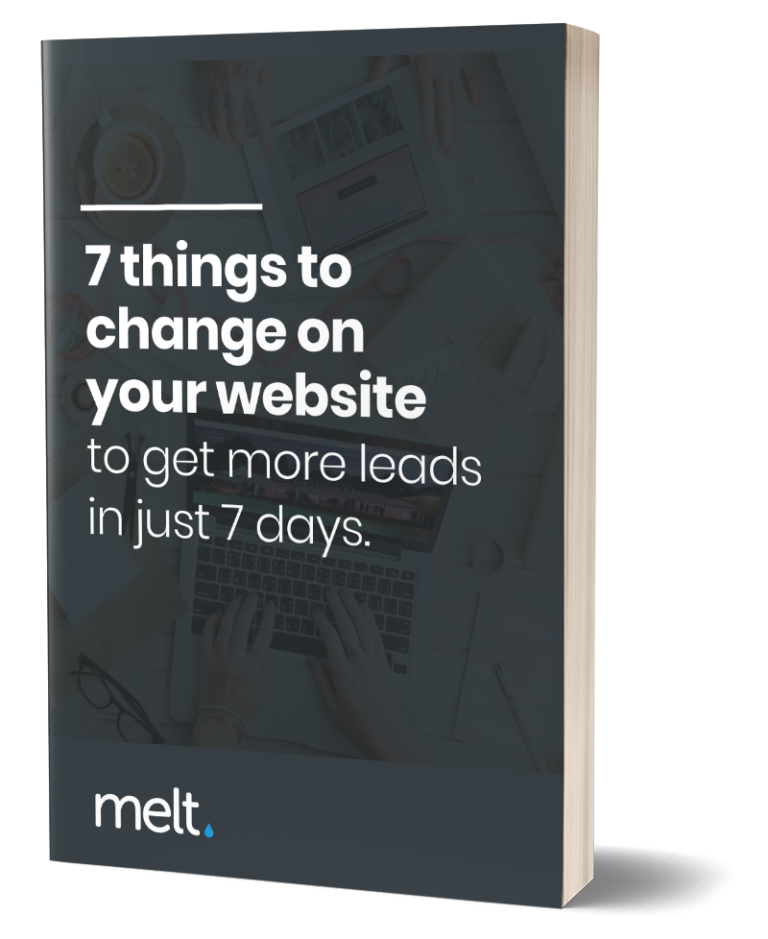Creating a website is one thing, but making it SEO-friendly is another. Designing an SEO-friendly website ensures that your website ranks higher on search engines and reaches a broader audience. To get started, follow these tips for creating an SEO-friendly website.
1. Choose a Suitable Domain Name
The domain name is one of the first things people see when visiting your website. It needs to be short, memorable, and related to your business. Your domain name should also include your target keywords, so search engines can easily understand what your website is all about. Additionally, ensure that the name is unique and not similar to any existing domain name.
2. Plan Your Site Structure
A well-structured website is essential for SEO. The site structure helps search engines crawl and index your site quickly. Plan it before you start creating content. Create a clear hierarchy of pages and subpages, and ensure each page is linked to the correct category. Apart from that, make sure your website is easy for both search engines and users.
3. Create High-Quality Content
High-quality content is the backbone of any SEO-friendly website. Your content needs to be unique, informative, and engaging. Make sure you’re writing for your target audience and not just for search engines. Use relevant keywords in your content, but avoid keyword stuffing. Plus, ensure your content is well-structured with proper headings, subheadings, and bullet points.
4. Use Responsive Design
Nowadays, people access the internet through their mobile devices. A responsive design means your website can be easily accessed on any device, including desktops, tablets, and mobile phones. A responsive design also helps your website to load faster, which is crucial for SEO.
5. Optimise Your Images
Images can make your website look attractive and engaging. However, they can also slow down your website if they are not optimised. Optimise your images by compressing them without losing their quality. Use relevant alt tags and captions for your pictures to help search engines identify what they are about. Also, make sure your images are named and formatted correctly.

Discover where your website is holding you back with a free, personalized audit report. Uncover what's keeping your site from reaching its full potential and start taking action today!
6. Use Internal Linking
Internal linking is a great and effective way to keep visitors on your website longer. It also helps search engines crawl and index your site easily. Link relevant pages to each other to create a clear hierarchy of pages. If possible, use descriptive anchor text for your internal links to help search engines understand the link’s context.
7. Optimise Your Meta Tags
Meta tags are snippets of text that appear in the Search Engine Results Pages (SERPs). They include the title tag, meta description, and header tags. Optimise your meta tags by including your target keywords and making them descriptive and engaging. Most importantly, ensure that your meta tags accurately reflect the content of your website.

Discover where your website is holding you back with a free, personalized audit report. Uncover what's keeping your site from reaching its full potential and start taking action today!
8. Submit Your Sitemap to Search Engines
A sitemap is a list that contains all the pages on your website. Submitting your sitemap to search engines helps them to crawl and index your site more efficiently. You can create a sitemap using various tools such as Yoast SEO or Google XML Sitemaps.
9. Monitor Your Analytics
Keeping track of your website analytics is crucial to understanding your website’s performance. Use tools such as Google Analytics to track your website’s traffic, bounce rate, and engagement rates. Analyse your data regularly and make changes to your website accordingly.
Conclusion
Designing an SEO-friendly website may seem like a daunting task, but it is crucial for the success of your website. Remember to create high-quality content, use responsive design, optimise your images, and monitor your analytics regularly. Doing so ensures that your website ranks higher on search engines and reaches a wider audience.
At MELT, we help businesses create and optimise websites to increase their visibility online. Our web designers and developers can help you create a website that is both SEO-friendly and visually appealing. Contact our local SEO agency for a quote.

